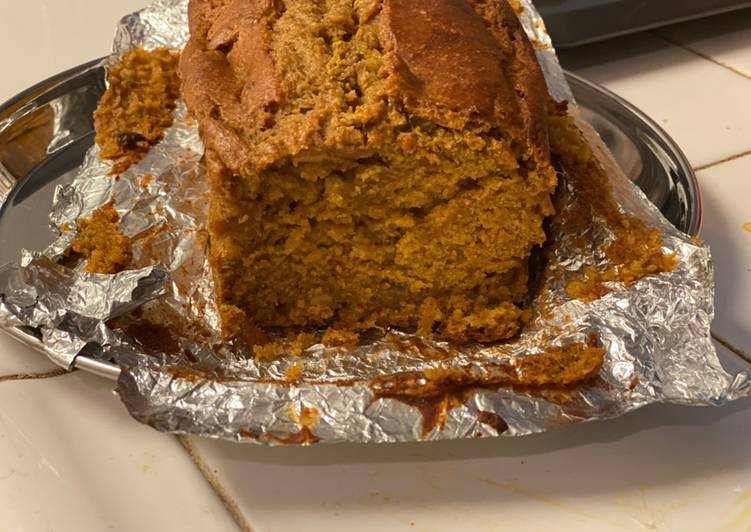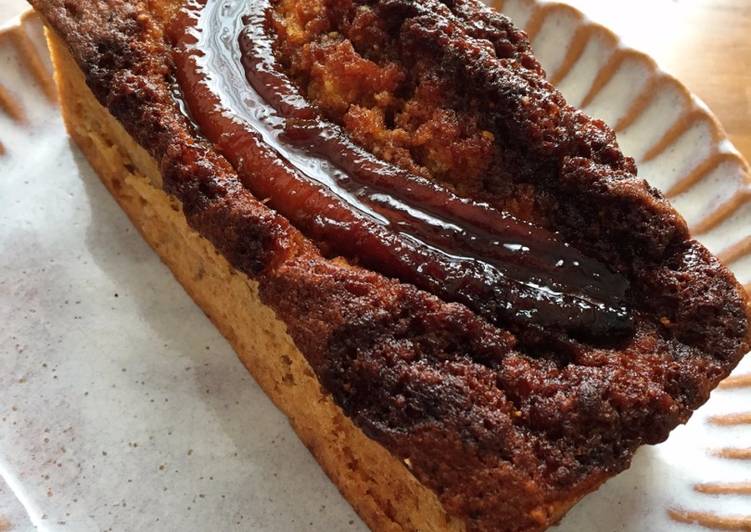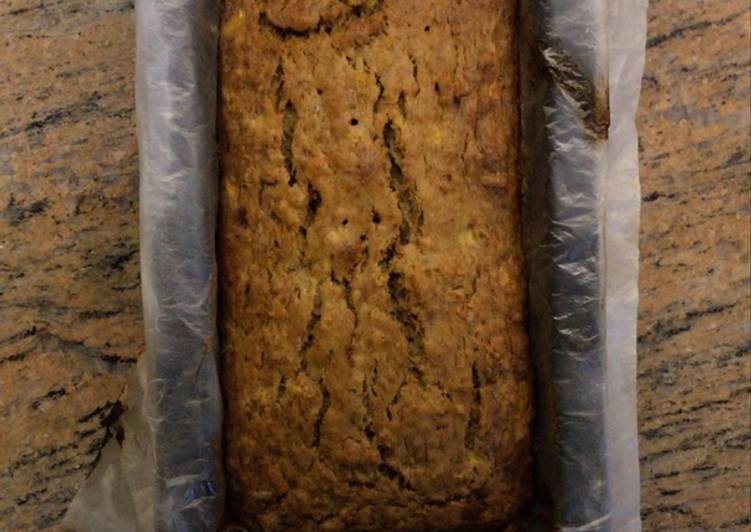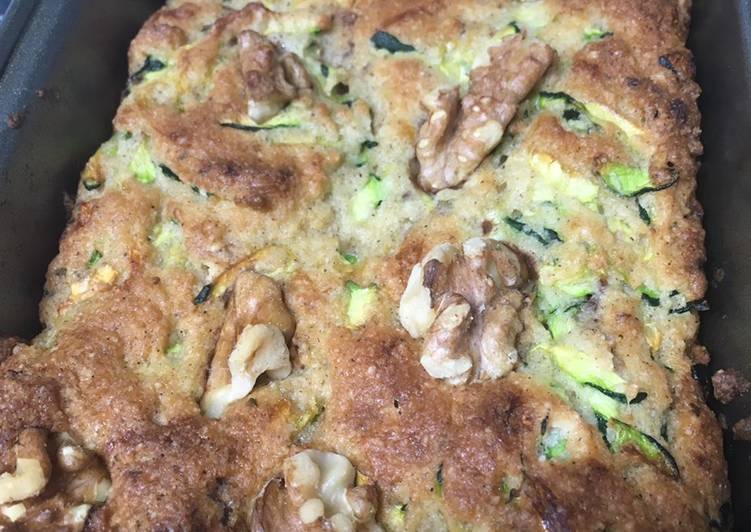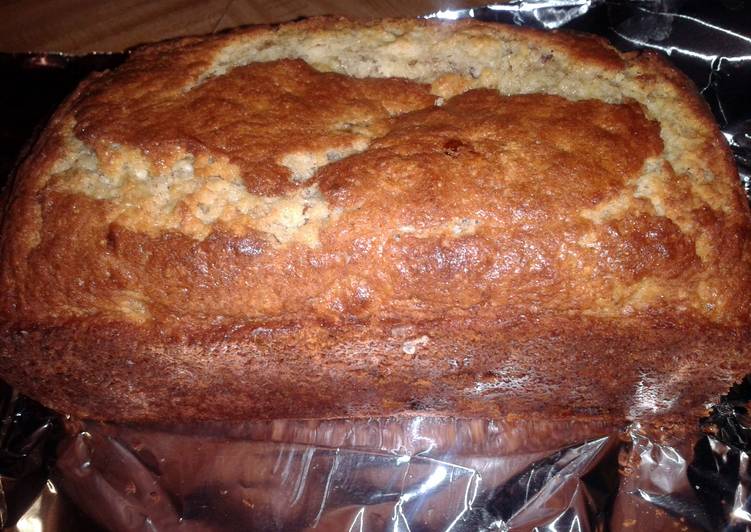All Natural San Francisco Sourdough Bread. My only trouble was that I ended up with much too much starter, but that's a problem I know how to deal with. I followed the instructions that came in the packet. Have you always wanted to bake real "sour" San Francisco Style Bread?
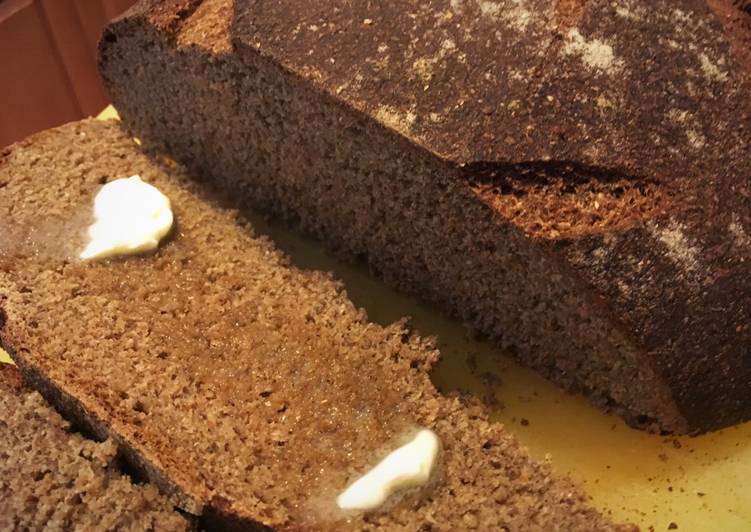 Something about our salty, foggy air (thanks Karl!) adds a little something extra that makes tasting Chad Robertson is regarded as a bread master not just here in San Francisco, but throughout the country. The sourdough he makes is simply the best. San Francisco Style Sourdough aka "Black Canyon Sourdough Bread". You can have All Natural San Francisco Sourdough Bread using 10 ingredients and 10 steps. Here is how you achieve it.
Something about our salty, foggy air (thanks Karl!) adds a little something extra that makes tasting Chad Robertson is regarded as a bread master not just here in San Francisco, but throughout the country. The sourdough he makes is simply the best. San Francisco Style Sourdough aka "Black Canyon Sourdough Bread". You can have All Natural San Francisco Sourdough Bread using 10 ingredients and 10 steps. Here is how you achieve it.
Ingredients of All Natural San Francisco Sourdough Bread
- Prepare of Phase One.
- It’s 1/2 cup of whole wheat flour.
- It’s 1/2 cup of water.
- Prepare of Phase two.
- Prepare 200 g of water.
- It’s 120 g of sourdough starter.
- It’s 236 g of whole wheat flour.
- Prepare of Phase Three.
- Prepare 400 g of Whole Wheat flour.
- Prepare 100 g of Buckwheat Flour.
The final proof that you can make San Francisco style sourdough bread outside of San Francisco was hammered home when "The La Brea Bakery" of Los Angeles bread was voted the best San Francisco sourdough. If bagels are a New York thing, San Francisco definitely has sourdough. And probably no one has convinced more people that our sourdough is To understand what makes our bread taste the way it does, you need to know how bread gets started. My investigation began in the fermentation room at.
All Natural San Francisco Sourdough Bread step by step
- Combine Phase One ingredients in a mason jar or a small dish. You need to leave a little room at the top for it to expand. Stir up this flour goo and set it aside in a warm place..
- Over the next few days, this goo should start to bubble a little. Just check in every so often and see what it looks like. If it starts to bubble, or if it separates, with a layer of kinda gross looking water at the top, add a little more flour and water and stir it up again. Some sources recommend feeding every 12 hours, and I guess this is ideal. But that type of setup stresses me out, so I just feed it when it looks hungry..
- Depending on where you live, within a week or so (in San Francisco it can happen in a few days, but we're obviously known for our sourdough) you should find that, when you add flour and water to the mix, it can almost double in volume within a couple of hours. This means your starter is ready to go!.
- Now, to make a loaf of bread, you combine Phase Two ingredients in a large bowl. Mix well. Cover with a kitchen towel and wait for about 12 hours. I like to do this in the evening so I can do the next step when I wake up in the morning. Once you have your dough fermented, continue with step 7. The next 2 steps are just some pointers on maintaining a natural starter..
- Any remaining starter from mixing your dough can be kept alive with a fresh helping of flour and water mix. Also, at any point in this process before you bake your bread, the dough should contain some of the yeast you've captured in your starter. That means you can always save some portion of this dough as a future starter. Give it away to friends or use it to replenish your own stash. Just feed it regularly, every couple of days or so..
- If you won't be using your starter for awhile, you can put it in the fridge. In this case, you only need to feed it maybe once a week. For more long term storage, wait until it's particularly bubbly and active, then spread it out on a sheet of parchment and let it dry to a crisp. Then, break up the chunks and store in a dark, airtight location. When you want to use it, just mix some of these flakes with some flour and water paste again and wait until it wakes up..
- So, continuing with step 4 above, just combine the ingredients listed in Phase Three with your fermented dough. Knead them together until you have a nice ball of dough. Put this in a bowl, cover it with plastic, and let it sit in the refrigerator for 24 hours. Note: Feel free to experiment with different flours. I used a combo of these two because I had them in my kitchen..
- When the 24 hours is up, take your fermented dough out of the fridge. Knead it just a bit to form it into a smooth ball. Pinch the seams together gently to seal them up. Set your dough ball in a warm spot with a towel over it and just let it be for about 5 hours or so. Feel free to use any other kinds of fancy bread-shaping techniques here if you know them..
- Time to bake. Heat your oven to about 450f. On the top rack, a pizza stone is ideal. On the bottom rack, a cast iron pan or an oven-proof pan you don't really care about..
- Give your loaf a light dusting of flour, slice into the top about 1/4" in a few spots so that steam will escape as it bakes, and slide it onto the hot stone. Carefully pour a cup or so of water into the pan on the bottom rack and shut the oven door. Bake for about 45 minutes. When done, your bread should give a hollow knock when thumped..
Sourdough is the quintessential San Francisco comfort food, with yeasty and earthy aromas wafting out of the city's bakeries, hinting at warm loaves fresh out of hearth ovens. Thick and hollow, sourdough is crusty on the outside and soft and chewy on the inside. And there you have it: San Francisco's sourdough bread is good because San Francisco's bacteria is particularly tasty. Some may find that a touch gross, but I think it's incredibly awesome. Sourdough isn't the only food that tastes better in a certain location.
